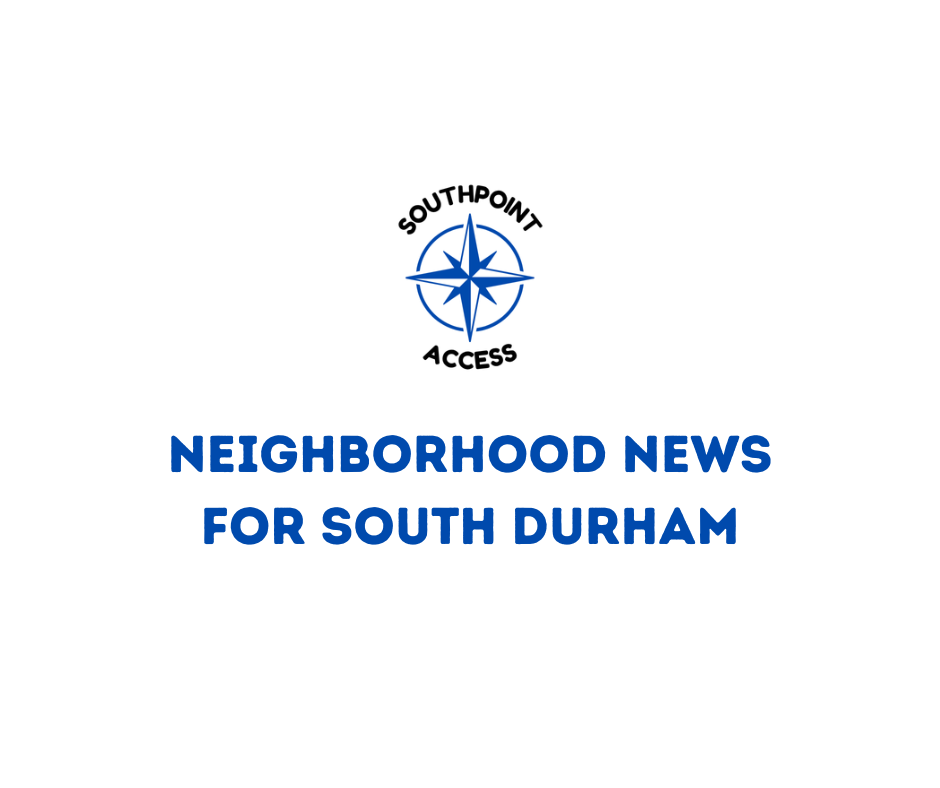[SoDu Alert] FDA Bans Red Dye No. 3
The FDA’s decision follows a 2022 petition that cited studies showing cancer in male rats exposed to high levels of FD&C Red No. 3 due to a rat-specific hormonal mechanism.
![[SoDu Alert] FDA Bans Red Dye No. 3](/content/images/size/w1200/2025/01/reddye2025.png)
The U.S. Food and Drug Administration (FDA) is revoking the use of FD&C Red No. 3, a synthetic dye that creates a bright cherry-red hue, in food and ingested drugs. The decision is based on the Delaney Clause of the Federal Food, Drug, and Cosmetic Act, which prohibits the authorization of any additive found to cause cancer in humans or animals.
The FDA’s decision follows a 2022 petition that cited studies showing cancer in male rats exposed to high levels of FD&C Red No. 3 due to a rat-specific hormonal mechanism. While these effects are not observed in humans and exposure levels in humans are typically much lower, the Delaney Clause requires revocation if cancer is observed in any species.
What Products Contain Red Dye No. 3?
Common items containing this dye include:
- Candies: Such as candy corn, lollipops, and jellybeans.
- Baked Goods: Including cakes, cupcakes, cookies, and their associated frostings and icings.
- Frozen Desserts: Like certain ice creams, frozen yogurts, and ice pops.
- Snack Foods: Such as chips and fruit snacks.
- Beverages: Including some flavored drinks and protein shakes.
- Processed Fruits: Such as candied cherries and fruit cocktail mixes.
- Ingested Pharmaceuticals: Certain medications and dietary supplements.
Consumers concerned about the presence of Red Dye No. 3 in their foods and medications should check ingredient labels for terms like "FD&C Red No. 3," "Red 3," or "erythrosine."
Timeline for Compliance
Manufacturers using FD&C Red No. 3 must reformulate their products by Jan. 15, 2027, for food and Jan. 18, 2028, for drugs. The dye has primarily been used in items like candy, baked goods, frozen desserts, and certain medications.
Global and Import Implications
Although some countries still allow FD&C Red No. 3 (known as erythrosine abroad), foods imported to the U.S. must comply with U.S. regulations.
The FDA estimates that FD&C Red No. 3 is less commonly used compared to other dyes, minimizing disruption. For South Durham families, this serves as a reminder to monitor product labels as companies begin reformulations.
Spread the word by sharing this Southpoint Access newsletter with friends and neighbors. Got a tip for your neighborhood news guy? Send email to southpointaccessnews@gmail.com.


![[SoDu Alert] Durham Public Schools Closed Dec. 8 Due to Weather](/content/images/size/w600/2025/12/icyweather128.png)
![[WordroW] Candidate Calling](/content/images/size/w600/2025/12/wordrow1.png)
